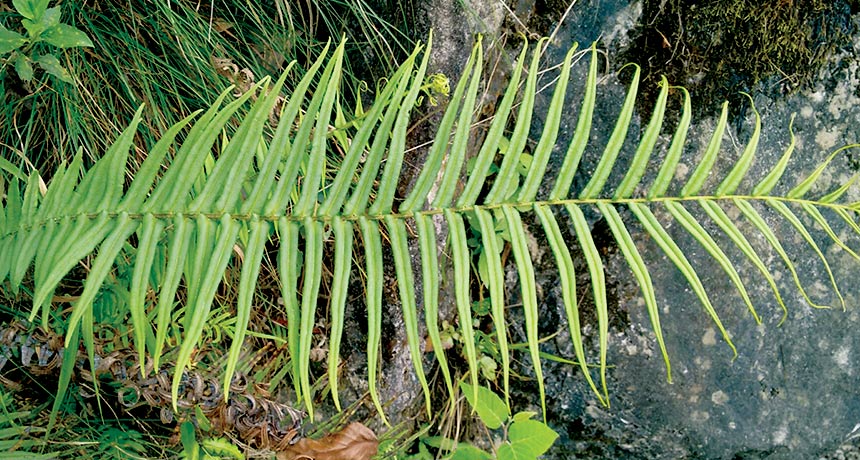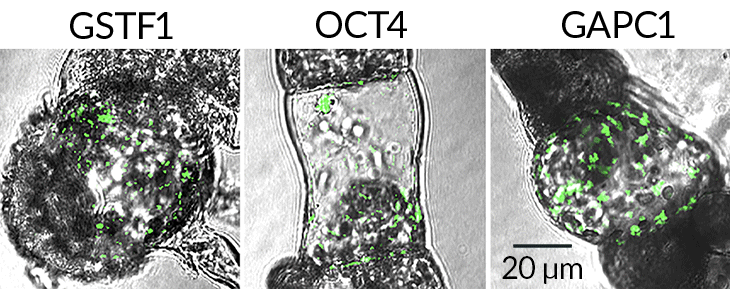How one fern hoards toxic arsenic in its fronds and doesn’t die
Key proteins keep the heavy metal from wreaking havoc on the way to its cellular jail cell

HEAVY METAL HOARDER Pteris vittata ferns can sop up and store high levels of arsenic and survive. A set of newly identified genes helps explain how.
Rafael Medina/iNaturalist.org (CC BY-NC 4.0)








